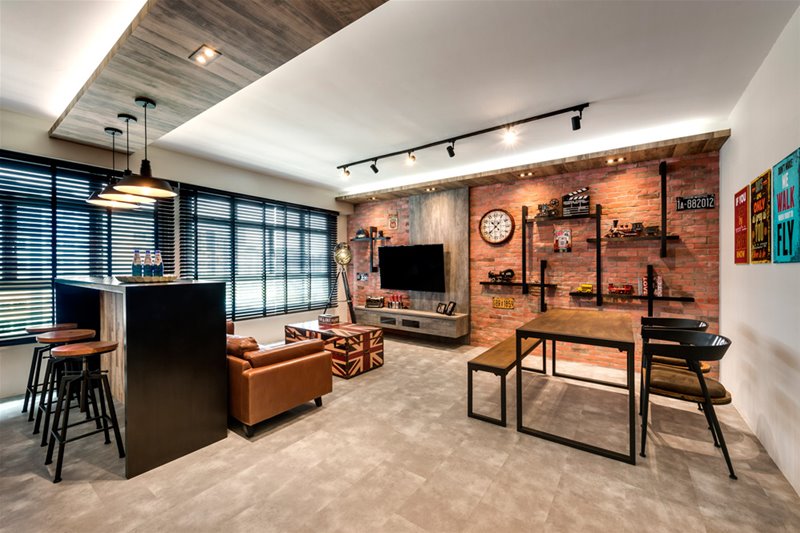How Contemporary Design is Transforming Our World

Design affects every aspect of our daily lives; from the homes we live in to the products we use and the vehicles that transport us. Clever design makes things look attractive while also making them function better and last longer. Contemporary designers use groundbreaking technologies and innovative thinking to create solutions that improve our world.
Human-Centered Design
One major modern design approach is human-centered design, which focuses keenly on the needs and experience of the end user. Rather than deciding unilaterally how something should look and operate, designers engage directly with the people who will use their creations.
Human-centered designers use observational research, interviews, prototyping, and testing to understand human behavior and create intuitive designs. The goal is to create designs that seamlessly integrate into people’s lives.
Sustainable and Ethical Design
Protecting the environment is also a priority for those contemporary designers concerned about sustainability and ethics. Wasteful, polluting, and unethical products damage ecosystems and communities. To that end, eco-conscious designers try to avoid toxic materials, minimize resource depletion, and strive for circular design principles of reusing and recycling rather than single-use disposability.
Ethical designers also consider social impacts such as worker conditions and product accessibility for underserved populations. By adopting sustainable and ethical design principles, we can create products and systems that are environmentally friendly and socially responsible, benefiting present and future generations.
Advanced Materials Drive Innovation
The people at Axiom Materials say that innovative new material technologies enable designers to create solutions once thought impossible or impractical. For example, honeycomb cores made from aluminum or composite materials provide exceptional strength and stiffness at exceptionally low weights.
The honeycomb structure’s hexagonal cell geometry gives it remarkable compression resistance despite being over 90% open air space inside. This makes honeycomb panels ideal for aerospace, automotive, sporting goods, and other applications requiring lightweight yet rigid components.
Similarly, metamaterials precisely engineered at the microscopic level exhibit unique properties not found in conventional materials. Potential metamaterial applications include smart fabrics that actively adapt insulation or camouflage, ultra-aerodynamic surfaces, seismic wave deflectors, and high-efficiency antennas.
Biomimetic and Nature-Inspired Design
Another way contemporary designers are pushing boundaries is by looking to nature’s brilliant engineering for inspiration. The field of biomimetics studies how living organisms have evolved incredibly effective solutions through billions of years of optimization by nature.
Designers can then mimic and apply these natural solutions to human challenges. Examples include developing more aerodynamic vehicles modeled after birds and fish, water-shedding surfaces mimicking lotus leaves, adhesives inspired by gecko feet, and stronger composites based on bamboo, bones, and seashells. Nature’s mastery provides an endless source of design inspiration for creating highly functional, efficient, and sustainable innovations.
Smart, Connected Design
Many contemporary designs also leverage digital technologies to create intelligent, interconnected products and environments. Smart devices employ sensors, processors, wireless communications, and data analytics to enable automated operation and customized user experiences.
Connected systems allow devices and environments to interact collaboratively with each other and human operators via the Internet of Things. Voice interfaces and immersive technologies, like augmented reality, further bridge the physical-digital divide.
Buildings designed as smart environments automatically optimize lighting, heating/cooling, energy usage, security monitoring and more based on usage patterns and occupant preferences. Similar principles apply to smart cities using networked technology for efficient mobility, utilities, public services and infrastructure management.
Conclusion
From consumer goods to transportation, architecture, and beyond; the transformative power of thoughtful design elevates our world. Well-designed solutions don’t just solve immediate problems, but advance human knowledge and capabilities.
Through innovative, sustainable, and ethical applications of groundbreaking technologies and human-centered approaches, design is shaping a safer, healthier, more productive and prosperous future for us all. Contemporary designers stand at the forefront of progress, creating our tomorrow, today.




